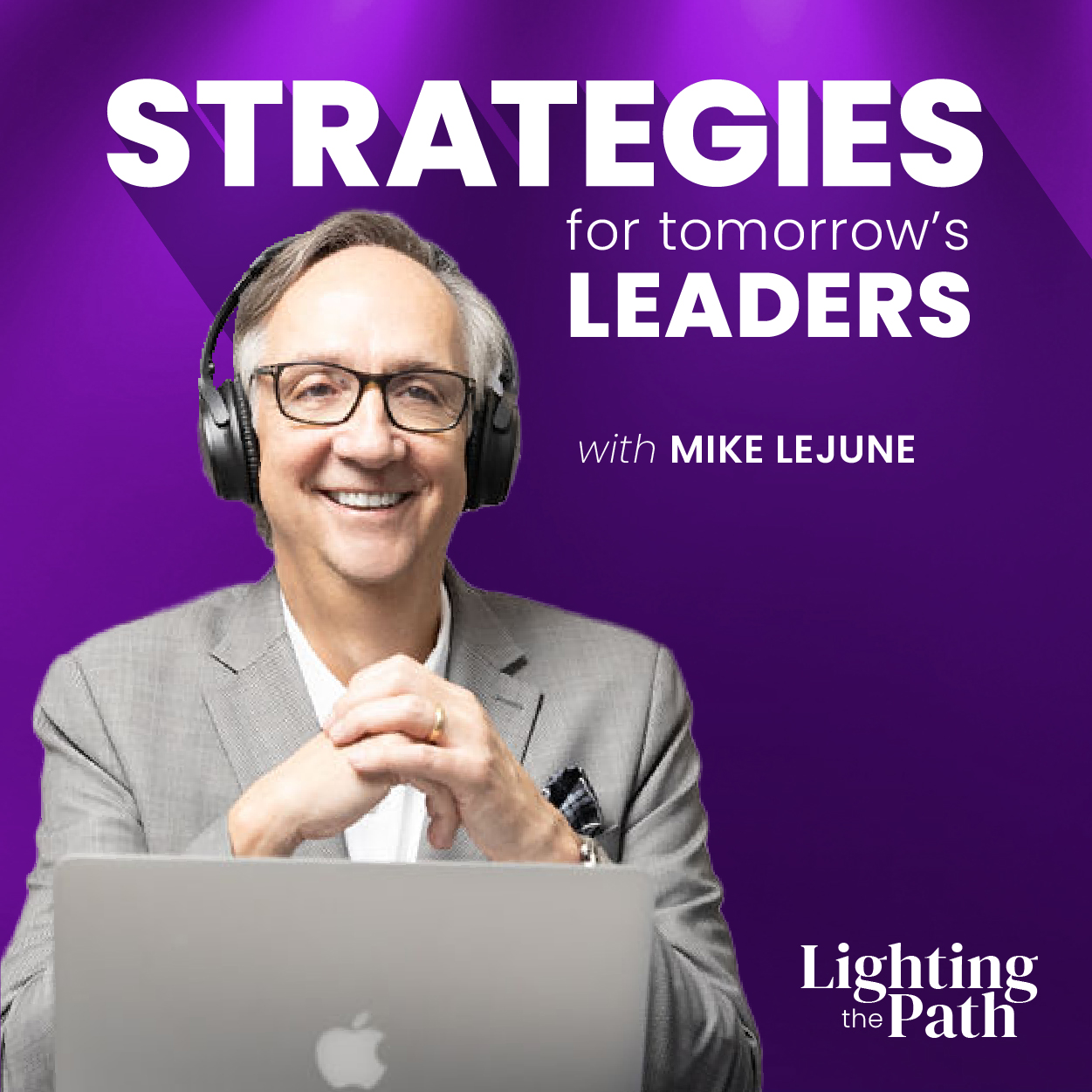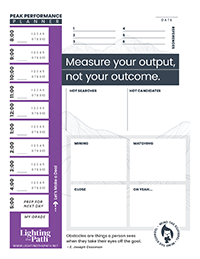
At a time where companies are searching for leadership styles and processes to gain maximum performance, Shelly White serves as a new breed of leader. She is a stout example of the shift from the “my way or the highway” mentality to “empowerment and engagement” which builds productivity and retention.
Shortly after receiving a degree in fashion merchandising, Shelly worked in a sales training program and then joined a company her father had started, the Baro Companies, a manufacturer’s representative and stocking distributor for complex engineering solutions. Her role was to help drive sales for an industrial equipment and supply company focused on serving the energy industry. Not an easy task for a twenty something female entering a predominantly male oriented industry. Yet within 14 years, Baro grew from a $10 million company to over $60 million in sales.
After earning her stripes over 10 years of rotating from the shop floor through business processes into the inside and outside sales force, Shelly was asked to take over the role of President. The timing was critical as growth had stymied, calling for a change in a heavy-handed style of management. Shelly had seen firsthand that fear or threats caused productivity to be sporadic, with no sustained energy. “No gun…no action takes place. Remove treats and productivity slides.” Her attitude became “Management should not be the center of the universe. Let’s see how far and wide can you share credit, let the people in the trenches win, not me. After all they are doing all the work.”
We no longer have a business environment that allows leadership to expect people to follow us simply because they have to or they should be grateful they have a job. There is a false sense of the impact unemployment figures have. Shelly and I laughed at the statistic both of us heard that within ten years, people will have 17 jobs by the time they are 30 years old. This statistic was probably derived by the same person who said with the advent of computers we would all be working a 32 hour work week, requiring the government in the 1980’s to conduct research studies on what would we do to fill our time.
National unemployment averages hovering around 6% are very misleading. Statistics for white collar, highly skilled talent drastically drops to between 2-3% or at times, even less. Shifting demographics point to even greater hiring and retention challenges in the near future. Today, leaders must own the understanding that people choose the leaders they follow. Generational issues cause motivational, and at times, communication differences between the Baby Boomers, X and Y generations and the Millennials. Yet Shelly’s experience has been that across generational lines, everyone is looking for a home, a place they feel inspired. Her experience is there is a deeply held desire in all people to feel a part of something.
Baro’s growth has been anchored by the retention of key, highly productive staff. This has been heavily influenced by Shelly’s view that “the role of a leader is to listen to the employee, realizing most of the time the person reporting to us knows much more than we do about clients and field operations.” By blending the information mix of what they know with what the leader knows, intellectual synergy is created driving results and earning buy in from the team.
This means the key to leadership success is empowerment through over-communication. During difficult times of falling sales, major clients shifting vendors and unexpected service delivery issues, leaders earn their roles by the way they communicate with all staff. Shelly’s mantra is: Be honest, be specific, and be genuine. Give the real facts. And something that is difficult for most leaders, let them talk.
During one stage of Baro’s growth, Shelly assumed the role of overseeing the production shop. Rather than trying to prove how much she knew to earn allegiance, she walked into daily meetings asking for the shop team to help her out, because one of their clients had a major problem they needed to fix. She laid out what needed to be accomplished and asked a simple question “Who is going to make sure that happens?” After a few seconds, a hand from the back of the room raised and a voice said, “I’ll take it on.”
A hard part of Shelly’s journey has been to take a back seat. “I’ve had to learn to let them run with the responsibility to get the required result. You’ll be surprised at how often they’ll come up with great solutions especially if they felt heard.” State the problem, allowing someone to take ownership. Evaluate the obstacles or difficulties that might arise, be a resource or advocate insuring the person is successful. This is empowerment.
How often, as leaders, do we spend time trying to figure out what to say in order to handle a situation rather than considering what questions we should be asking and what opinions we should be seeking? An award winning, long tenured senior sales person shared with me recently that the reason she has stayed with her current company was “I feel listened to; I get to offer my opinion.” I was shocked when she shared that 75 percent of the time her ideas were not implemented. Her reply was simple, “But at least I get a voice.” I get a voice.
Shelly’s message challenges all of us in leadership today. How do we give those who choose to follow us more of a voice?



